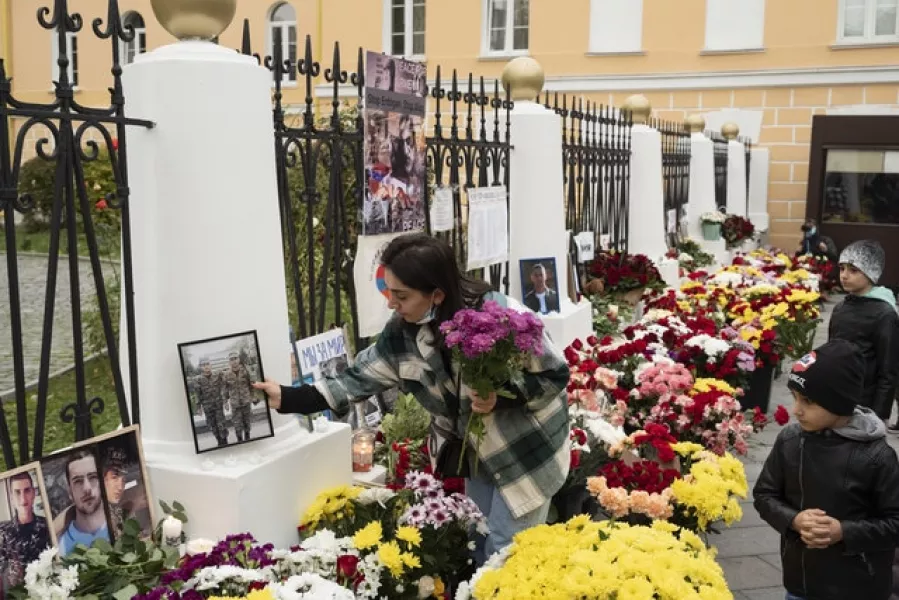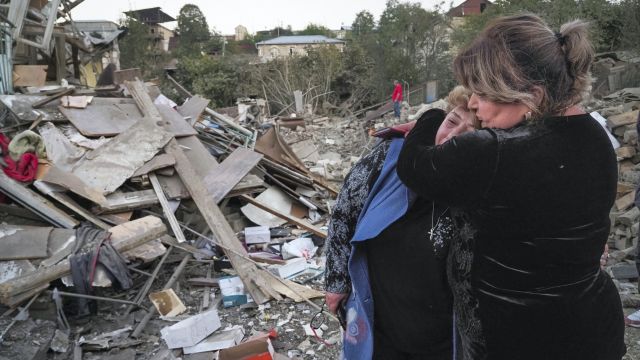The latest truce, which was announced on Saturday and came into force at midnight, was the second attempt to establish a ceasefire since heavy fighting there broke out on September 27.
Hundreds of people have been killed in the clashes, which mark the biggest escalation of a decades-old conflict over the region in more than a quarter of a century.

Armenian military officials on Sunday reported shelling and missile strikes by Azerbaijani forces carried out in the conflict zone overnight.
In the morning, “the enemy launched an attack in the southern direction” of the conflict zone, and there were “casualties and wounded on both sides”, Armenian Defence Ministry spokeswoman Shushan Stepanian said.
Azerbaijan’s Defence Ministry, in turn, maintained that Armenian forces continued shelling in the conflict zone overnight despite the ceasefire and in the morning launched attacks in several directions.
The ministry also accused Armenia of using large-calibre weapons to attack the positions of the Azerbaijani army in two regions north of Nagorno-Karabakh along the border between the two countries, a claim Armenian military officials denied.

The Azerbaijani military also said it had downed an Armenian Su-25 warplane “attempting to inflict airstrikes on the positions of the Azerbaijan army in the Jabrayil direction.” Ms Stepanian dismissed the statement as untrue.
Nagorno-Karabakh lies within Azerbaijan but has been under the control of ethnic Armenian forces backed by Armenia since a war there ended in 1994.
The fighting has drawn worldwide concern recently because oil-rich Azerbaijan has new military weapons and the strong backing of Turkey.
Armenia claims that Turkey is sending Syrian mercenaries into the fighting to help Azerbaijan, an allegation that Turkey denies.







